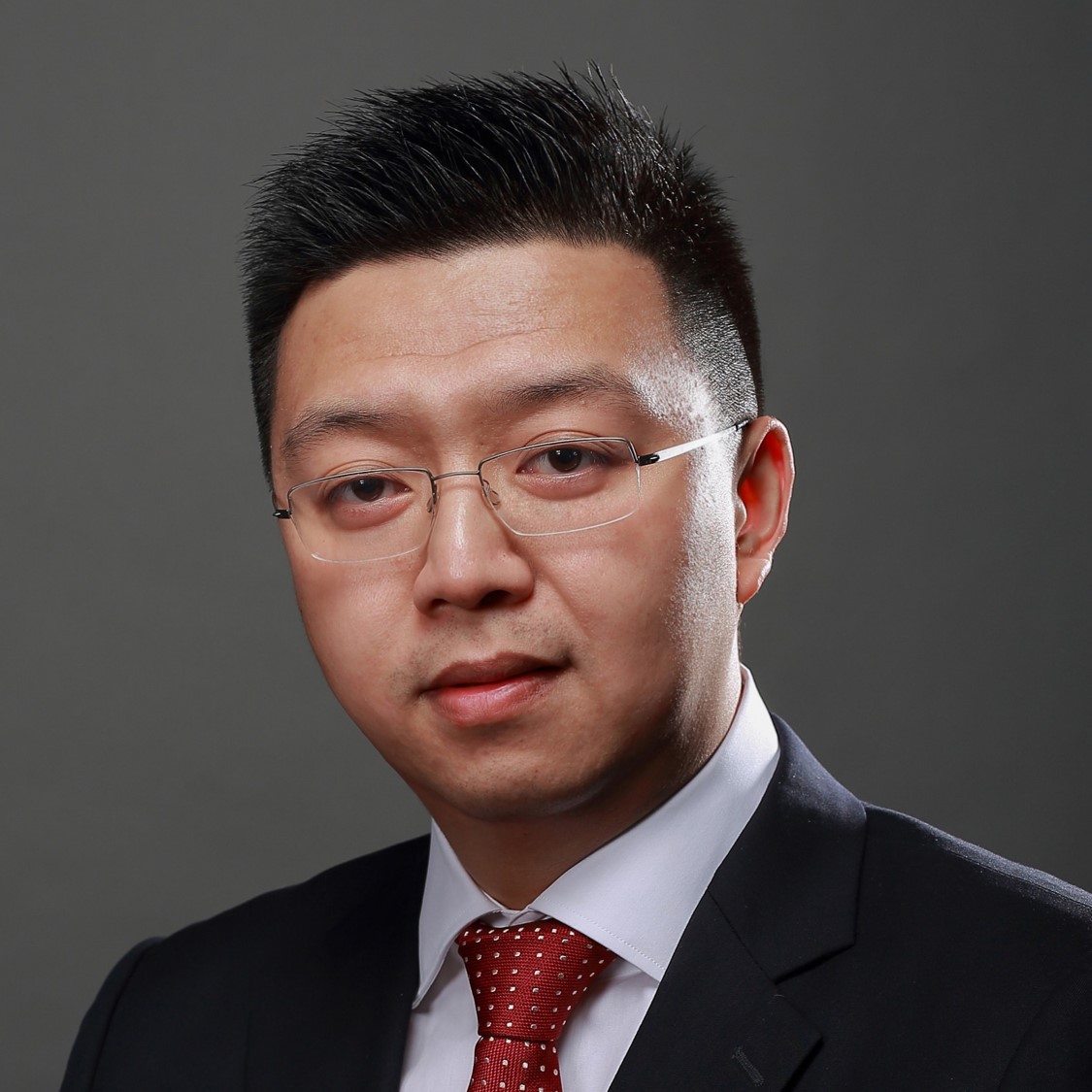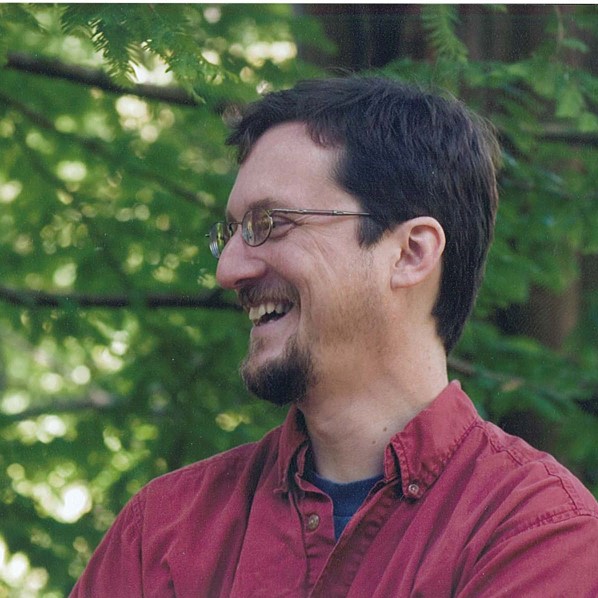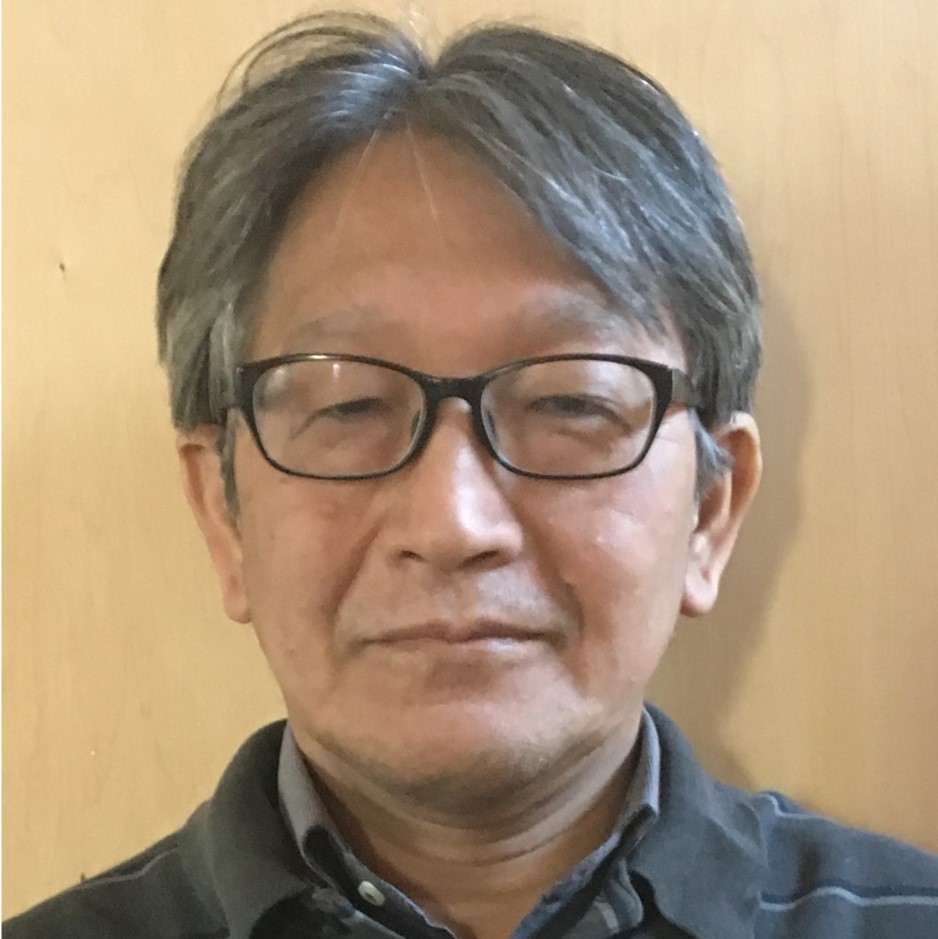Invited Talks
1. Wednesday, January 15, 9:50am-10:40am

Prof. Haohuan Fu
(Tsinghua University, National Supercomputing Center in Wuxi)
Title: Extreme-Scale Earthquake Simulation on Sunway TaihuLight
Abstract:
Abstract:
This talk would first introduce and discuss the design philosophy about the Sunway TaihuLight system, and then describe our recent efforts on performing earthquake simulations on such a large-scale system. Our work in 2017 accomplished a complete redesign of AWP-ODC for Sunway architectures, achieves over 15% of the system's peak. The extreme cases demonstrate a sustained performance of over 18.9 Pflops, enabling the simulation of Tangshan earthquake as an 18-Hz scenario with an 8-meter resolution. Our recent work further improves the simulation framework with capabilities to describe complex surface topography, and to drive building damage prediction and landslide simulation, which are demonstrated with a case study of the Wenchuan earthquake with accurate surface topography and improved coda wave effects.
Bio:
Haohuan Fu is a professor in the Ministry of Education Key Laboratory for Earth System Modeling, and Department of Earth System Science in Tsinghua University, where he leads the research group of High Performance Geo-Computing (HPGC). He is also the deputy director of the National Supercomputing Center in Wuxi, laeding the research and development division. Fu has a PhD in computing from Imperial College London. His research work focuses on providing both the most efficient simulation platforms and the most intelligent data management and analysis platforms for geoscience applications.
2. Thursday, January 16, 9:50am-10:40am

Dr. John Shalf
(Lawrence Berkeley National Laboratory)
Title: Challenges of Heterogenous Acceleration in Future HPC and Datacenters
Abstract:
Abstract:
The recent explosive growth in data analytics applications that rely on machine and deep learning techniques are dramatically changing the landscape of datacenter architectures. These techniques, used for example in face and object recognition in pictures and video, place a tremendous load on datacenters with their need for intense compute performance and have led to the wide adoption of graphics processing units (GPU) accelerator and manycore (CPU) technologies, which are pushing current datacenter interconnect and memory architectures to their limit. The effective execution performance of these massive parallel architectures is determined by how data is moved among the numerous compute and memory resources, and dramatically affected by the enormous energy consumption associated with the necessary huge movements of data. Energy consumption dominated by the cost of data movement is now perhaps the single determining factor of future datacenter scalability, and if architecture specialization and extreme heterogeneity are successful in improving compute performance, the data-movement challenges will be further exacerbated.
Bio:
John Shalf is Department Head for Computer Science Lawrence Berkeley National Laboratory, and recently was deputy director of Hardware Technology for the DOE Exascale Computing Project. Shalf is a coauthor of over 80 publications in the field of parallel computing software and HPC technology, including three best papers and the widely cited report “The Landscape of Parallel Computing Research: A View from Berkeley” (with David Patterson and others). He also coauthored the 2008 “ExaScale Software Study: Software Challenges in Extreme Scale Systems,” which set the Defense Advanced Research Project Agency’s (DARPA’s) information technology research investment strategy. Prior to coming to Berkeley Laboratory, John worked at the National Center for Supercomputing Applications and the Max Planck Institute for Gravitation Physics/Albert Einstein Institute (AEI) where he was was co-creator of the Cactus Computational Toolkit.
3. Friday, January 17, 9:50am-10:40am

Dr. Mitsuhisa Sato
(RIKEN)
Title: Codesign for "Fugaku"
Abstract:
We have been carrying out the FLAGSHIP 2020 to develop the Japanese next-generation flagship supercomputer, Post-K, named as “Fugaku” recently. In the project, we have designed our original processor based on Armv8 with SVE as well as the system including interconnect with the industry partner, Fujitsu. In the design of the system, the “co-design” with the system and applications is a key to make it efficient and high-performance. We have chosen the technologies, and designed the basic processor architecture, and determined many architectural parameters by reflecting the analysis of a set of the target applications provided from applications teams. In this talk, the co-design of “Fugaku” will be presented as well as the overview of the system.
Bio:
Mitsuhisa Sato received the M.S. degree and the Ph.D. degree in information science from the University of Tokyo in 1984 and 1990. From 2001, he was a professor of Graduate School of Systems and Information Engineering, University of Tsukuba. He has been working as a director of Center for computational sciences, University of Tsukuba from 2007 to 2013. Since October 2010, he is appointed to the research team leader of programming environment research team in Advanced Institute of Computational Science (AICS), RIKEN. Since 2014, he is working as a team leader of architecture development team in FLAGSHIP 2020 project to develop Japanese flagship supercomputer in RIKEN. Since 2018, he is appointed to a deputy Director of RIKEN Center for Computational Science renamed from AICS. He is a Professor(Cooperative Graduate School Program)and Professor Emeritus of University of Tsukuba.
